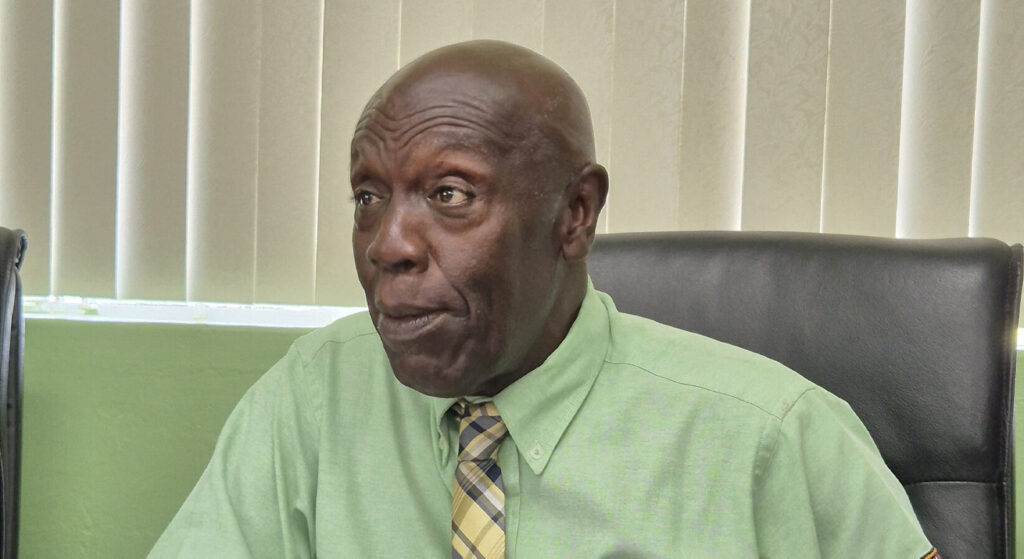When governments draw up budgets, they signal not just what they can afford – but what they value. In the Caribbean’s largest economies, the 2025 budgets reflect tough choices: between infrastructure and wages, between debt service and education, between short-term relief and long-term investment.
In this third article in the Budget Watch 2025 series, we unpack how Barbados, Bahamas, Guyana, Jamaica, and Trinidad and Tobago are spending public money in 2025 – and what that says about their development priorities.
Capital Investment: who is building?
Guyana is spending big – again. Over one-third of its 2025 budget is capital investment, supported by oil revenues and its sovereign wealth fund. Projects span roads, solar power, housing developments, and hospitals. Barbados is pushing a green and resilient recovery. Its capital spending includes major investments in water security, school upgrades, and the Barbados National Energy Policy targets. Jamaica, while maintaining fiscal prudence, is allocating nearly one-fifth of its budget to infrastructure and technology transformation.
The road network, digital education tools, and justice sector upgrades are high on the list. Trinidad and Tobago’s capital spending remains relatively restrained. Though still investing in hospitals and police infrastructure, the bulk of its budget goes toward transfers, subsidies, and wages. The Bahamas, with a more constrained fiscal space, is allocating just over ten per cent to capital works – mainly coastal resilience, education infrastructure, and digital government platforms.
The wage bill and transfers: who is paying the people?
Jamaica has worked to contain its wage bill, targeting a ceiling of nine per cent of GDP, a key benchmark from past International Monetary Fund reforms. However, wage negotiations in 2024-2025 are testing that boundary. Barbados announced public sector wage increases in 2024 and is absorbing the full-year effect in 2025. Yet, it also continues to modernise human resource systems and reduce duplication of roles. Trinidad and Tobago’s wage bill is
among the most inflexible, driven by demands from multiple state sectors. Attempts to reform the structure have seen limited success, with high dependence on oil-linked revenues.
Guyana is expanding health and education personnel, but the oil revenue cushion allows it to do so without compromising capital investment – a luxury most others don’t enjoy. The Bahamas is maintaining a cautious approach, with a public sector hiring freeze still largely in place and constrained wage growth expected in 2025.
The hidden burden: interest payments
Barbados and Jamaica spend one out of every four and five dollars, respectively, on interest. These legacy burdens from past debt restructuring and fiscal crises limit flexibility for investment or social spending.
The Bahamas, while not in crisis, spends nearly one-fifth of its revenue on interest, making every dollar of borrowing costlier going forward. Trinidad and Tobago’s interest bill is still moderate, but creeping upward as its borrowing needs persist. Guyana, thanks to oil-financed surpluses and low debt, has an enviably light interest burden.
Takeaway
Guyana is investing massively in future capacity, without crowding out salaries or servicing debt.
Barbados and Jamaica are balancing reforms and investment – but wage and interest costs weigh heavily.
Trinidad and The Bahamas remain burdened by inflexible budgets, with too much going to payroll and too little to long-term assets.
Professor C. Justin Robinson is Pro Vice-Chancellor and Principal of The University of the West Indies’ Five Islands Campus. This article is the third in a UWI Five Islands Campus Budget Watch 2025 series on the Caribbean’s five largest economies.
The post Caribbean Govt’s spending priorities appeared first on nationnews.com.


